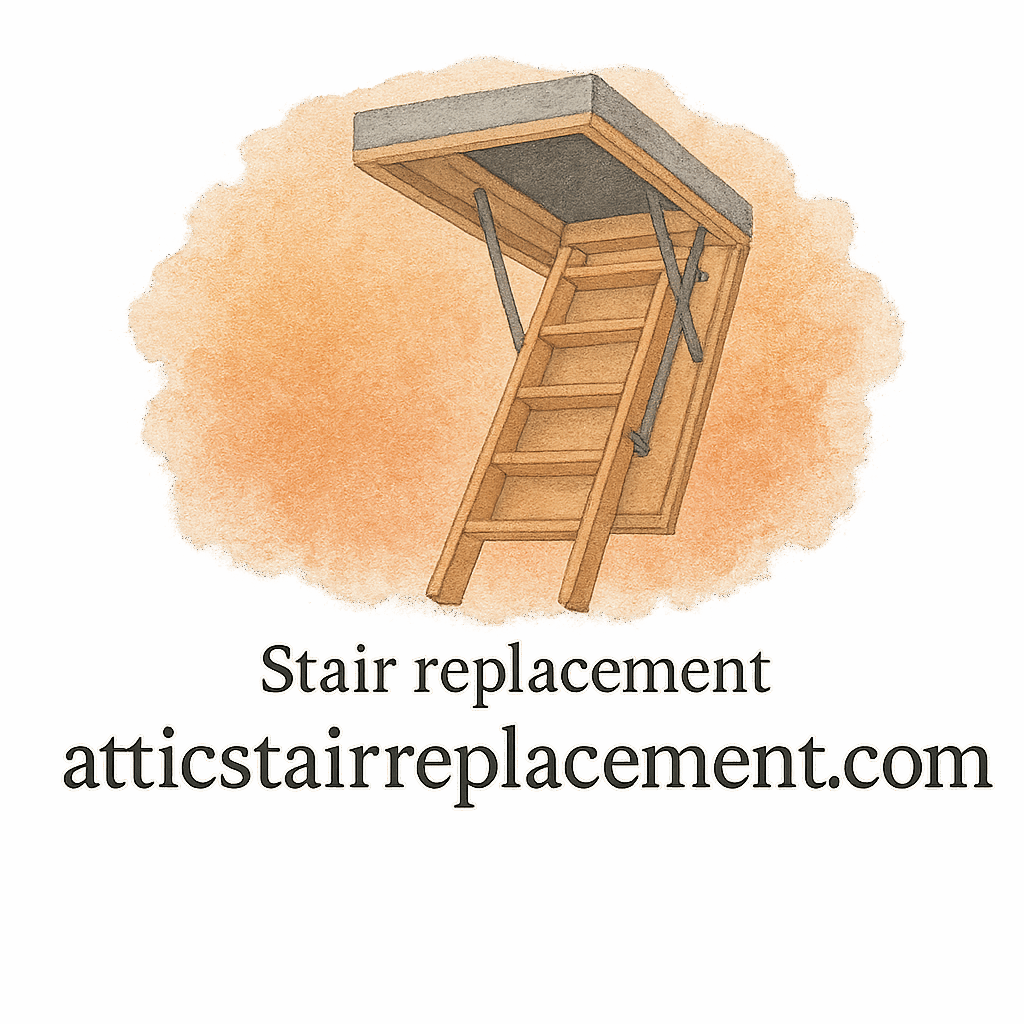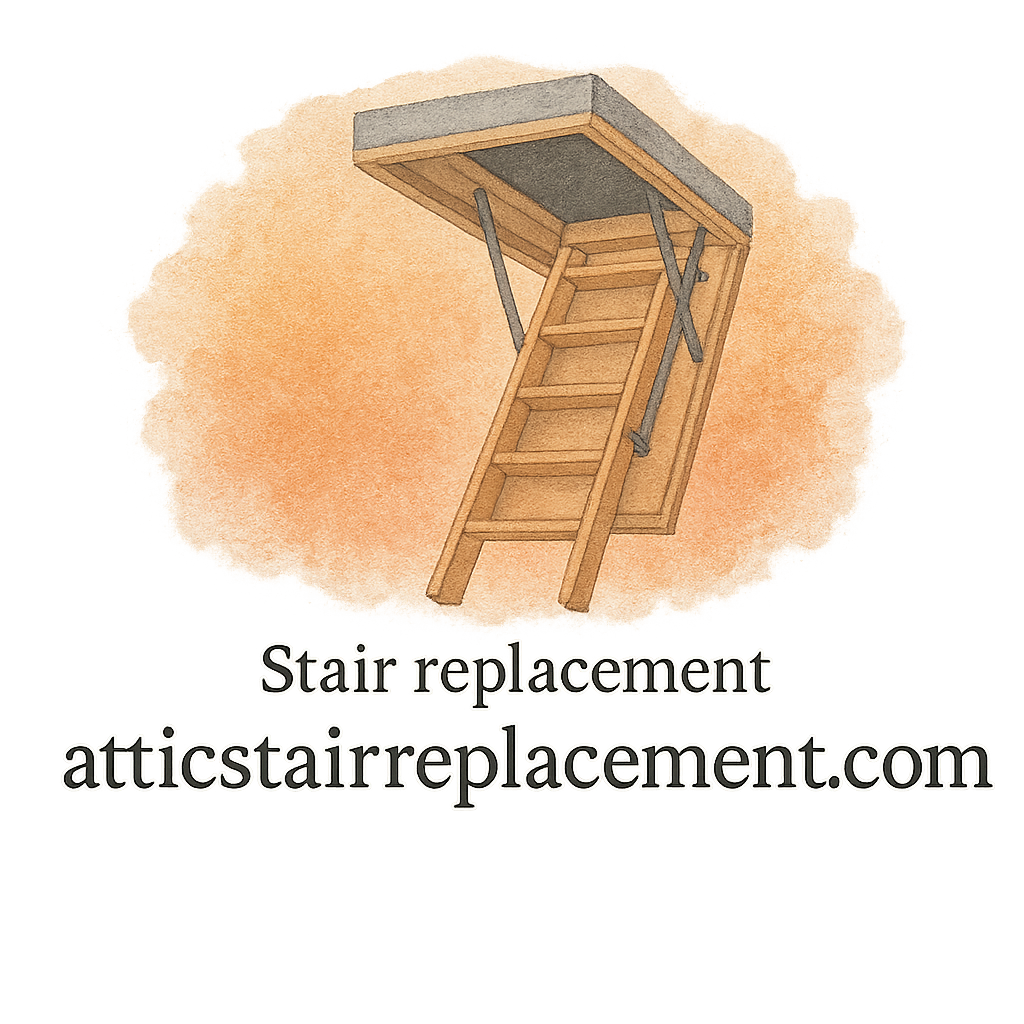Introduction: Why Safety Matters in Attic Stair Replacement
Replacing your attic stairs might sound like just another weekend home improvement project, but safety should always come first. After all, your attic stairs are not only a pathway to extra storage space—they’re also a potential hazard if not installed and maintained properly. When your family is involved, the stakes are even higher.
This guide will walk you through the 7 family safety considerations during attic stair replacement to ensure your project is smooth, secure, and stress-free.
Understanding the Risks of Attic Stair Replacement
Common Safety Hazards
Attic stairs can pose risks like falls, pinched fingers, collapsing frames, or even long-term structural issues if installed incorrectly. Poor materials or shortcuts in installation can quickly turn your attic access into a danger zone.
Why Families Should Prioritize Safety
When children, pets, or elderly family members are around, even a minor oversight can have serious consequences. Prioritizing safety during attic stair replacement isn’t just about avoiding accidents—it’s about peace of mind.
Safety Consideration 1: Choosing the Right Attic Stair Design
Sturdy vs. Lightweight Options
Not all attic stairs are created equal. Some lightweight designs may be cheaper but lack durability. Opt for durable attic stair replacement models that can withstand frequent use without wobbling or loosening over time.
Slip-Resistant Steps
Adding slip-resistant treads ensures safer climbs, especially when you’re carrying boxes. Think of it as adding a seatbelt to your staircase—it’s a simple feature that could prevent a painful fall.
Safety Consideration 2: Professional vs. DIY Installation
The Benefits of Professional Contractors
Hiring a contractor means the job is done right the first time. Professionals bring tools, experience, and insights that reduce risks. Yes, it costs more upfront, but it can save money on future repairs and medical bills from accidents.
When DIY is Safe (and When It’s Not)
If you’re a seasoned DIY enthusiast, you might handle installation safely by following a DIY installation guide. However, if structural changes are needed, or the stair model is complex, calling in an expert is the safer bet.
Safety Consideration 3: Protecting Kids and Pets During Installation
Securing Work Areas
Children and pets love exploring new spaces, but that curiosity can spell trouble during construction. Always secure the work area with tape or a closed door.
Temporary Safety Barriers
Consider setting up temporary gates or barricades. They keep little feet and paws away from ladders, sharp tools, and open ceiling gaps.
Safety Consideration 4: Material Durability and Weight Capacity
Why Strong Materials Matter
Weak or poorly built attic stairs can buckle under pressure. Choosing strong and heavy-duty materials ensures your stairs support the family safely for years.
Understanding Weight Ratings
Every attic stair model comes with a weight rating. Exceeding it, even occasionally, can weaken the frame and increase risks. Always choose a model with a higher weight limit than you think you’ll need.
Safety Consideration 5: Preventing Falls and Slips
Proper Lighting
Dimly lit attics are accident traps. Install proper lighting near the attic entrance to keep the stairs visible.
Non-Slip Treads and Handrails
Adding care features like non-slip pads and handrails makes climbing more secure, especially for older family members.

Safety Consideration 6: Maintenance and Regular Inspections
Spotting Early Wear and Tear
Even the best stairs wear down over time. Regular checks help you catch loose bolts, squeaks, or cracks early before they escalate into serious hazards.
Scheduling Preventive Care
A little maintenance goes a long way. Make attic stair inspections part of your seasonal maintenance and repair checklist.
Safety Consideration 7: Hidden Costs That Impact Safety
Cutting Corners vs. Investing in Quality
It’s tempting to cut costs, but choosing the cheapest option often leads to hidden costs. Subpar stairs might require replacements sooner—or worse, compromise family safety.
Budgeting for Long-Term Safety
Think of attic stairs as an investment in your home. Spending wisely now prevents mistakes that cost more later.
Expert Advice for Safer Attic Stair Replacement
When in doubt, turn to expert advice. Professionals can help you avoid installation errors, recommend the right models, and highlight safety upgrades you might overlook.
Common Mistakes Homeowners Make
Skipping instructions, overloading stairs, or ignoring inspections are common homeowner mistakes. These small oversights can snowball into major risks if left unchecked.
Tips for a Safer Home Improvement Project
- Always read the manufacturer’s guide.
- Don’t rush the installation.
- Use protective gear when working.
- Involve a helper for heavy lifting.
- Make attic stair replacement part of larger home projects.
Final Thoughts: Putting Family Safety First
Your attic stairs may not be the flashiest part of your home, but they’re an essential one. By keeping these 7 family safety considerations during attic stair replacement in mind, you’re not just building better access—you’re building peace of mind.
Replacing attic stairs is about more than just convenience; it’s about ensuring every step your family takes is safe, strong, and secure.
FAQs
1. What’s the safest attic stair design for families?
Look for sturdy, slip-resistant, and durable designs with high weight ratings.
2. Can I replace attic stairs on my own?
Yes, with the right tools and following a DIY guide. But for complex installs, a contractor is safer.
3. How do I keep kids safe during installation?
Secure the area with barriers and keep tools out of reach.
4. How often should attic stairs be inspected?
At least twice a year as part of routine maintenance.
5. Are metal or wooden attic stairs safer?
Both can be safe if built with quality materials. The key is durability and proper installation.
6. What are the hidden costs of attic stair replacement?
Cheap models may require early replacement, extra repairs, or lead to unsafe conditions—adding hidden costs.
7. How do I choose between professional and DIY installation?
It depends on your skills, tools, and comfort level. If unsure, seek expert help.


